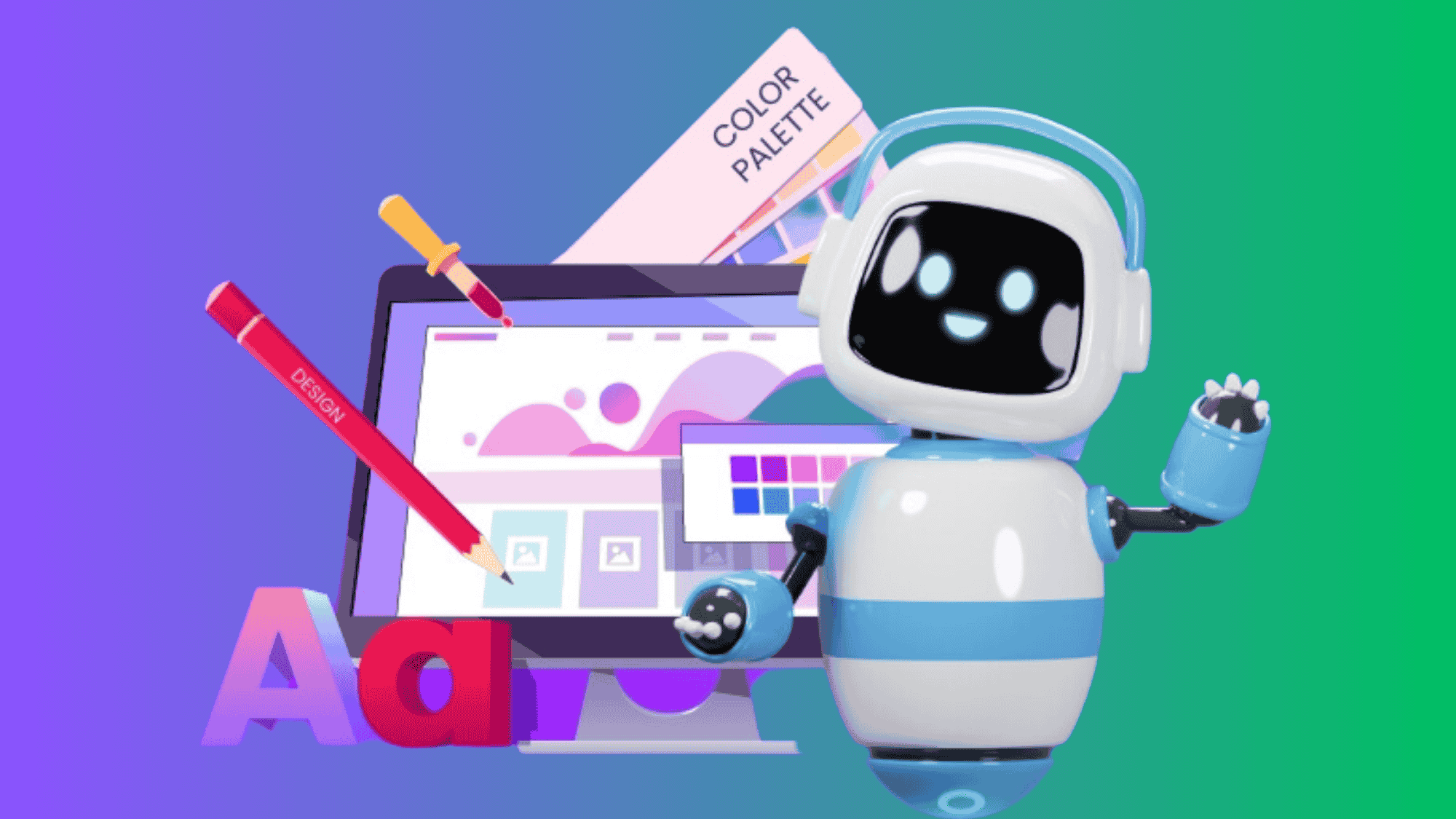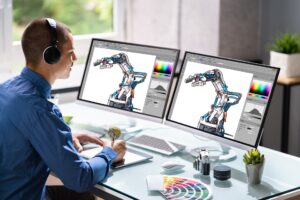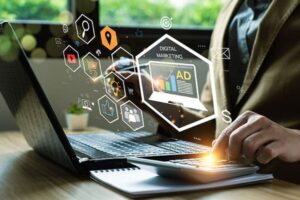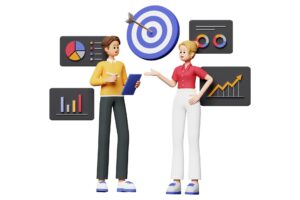AI for graphic design is here to stay. Understanding AI’s role in the creative process can assist firms in identifying ways to increase efficiencies and free up human time to be more creative.
What Does AI Graphic Design Mean?
AI-driven design is incorporating artificial intelligence into your design. When you design manually, you bring a lifetime of experience to the product, website, content, or packaging. AI-driven design enables you to incorporate quantitative analysis into the process, mixing it with human intuition to demonstrate the efficacy of your design.
AI can influence design in two ways: by utilizing algorithm-driven design to generate designs automatically, or by using data-driven design to supplement the traditional design process.
GTP-3 is used by artificial intelligence design tools like DALL.E and CLIP to generate designs based on human concepts automatically. The AI design tool can generate multiple design concepts in seconds, significantly shortening the design process.
Benefits of AI in Graphic Design
The incorporation of artificial intelligence into graphic design has transformed the creative process, providing several advantages to designers. One of the key benefits is the automation of monotonous processes, which allows designers to focus on more creative decisions. AI-powered systems can evaluate massive volumes of data and provide significant insights that guide design decisions. This data-driven approach guarantees that designs are both aesthetically beautiful and successful in accomplishing their intended objectives.
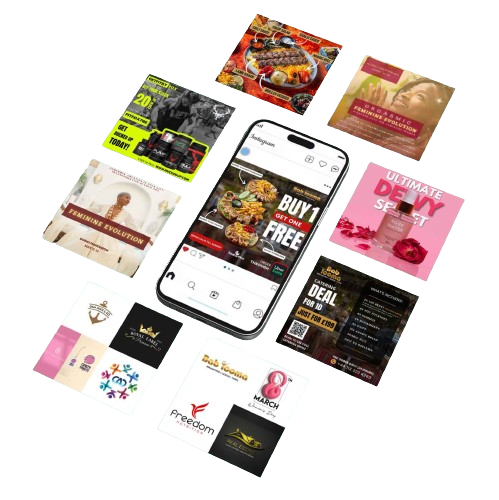
Bring Your Vision to Life with Expert Graphic Design Services
What is the Creative Process?
The five key stages are:
1. Preparation
2. Incubation
3. Illumination
4. Evaluation
Fourth step in the creative process is evaluation. This is where you assess the validity of your concept and confirm that it is unique. You’ll consider the initial planning you did and make sure your concept aligns with this study. This step may also include conducting market research to demonstrate the viability of your concept.
5. Elaboration
AI Tools for Graphic Design
There is a diverse range of AI tools accessible for graphic artists, each with its own set of skills and applications. Adobe Firefly, for example, use generative AI to produce spectacular visuals and text effects, making it an effective tool for improving visual content. Designs AI provides a set of AI-powered tools for logo design, picture production, and other jobs, optimizing the creative process and automating repetitive ones.
Other applications, such as Midjourney and Runway, allow designers to produce graphics and designs from text prompts. These generative AI tools open up new creative possibilities, allowing designers to experiment with various styles and concepts quickly. The integration of these AI tools into their workflow allows designers to increase efficiency and discover new creative possibilities.
AI in Graphic Design
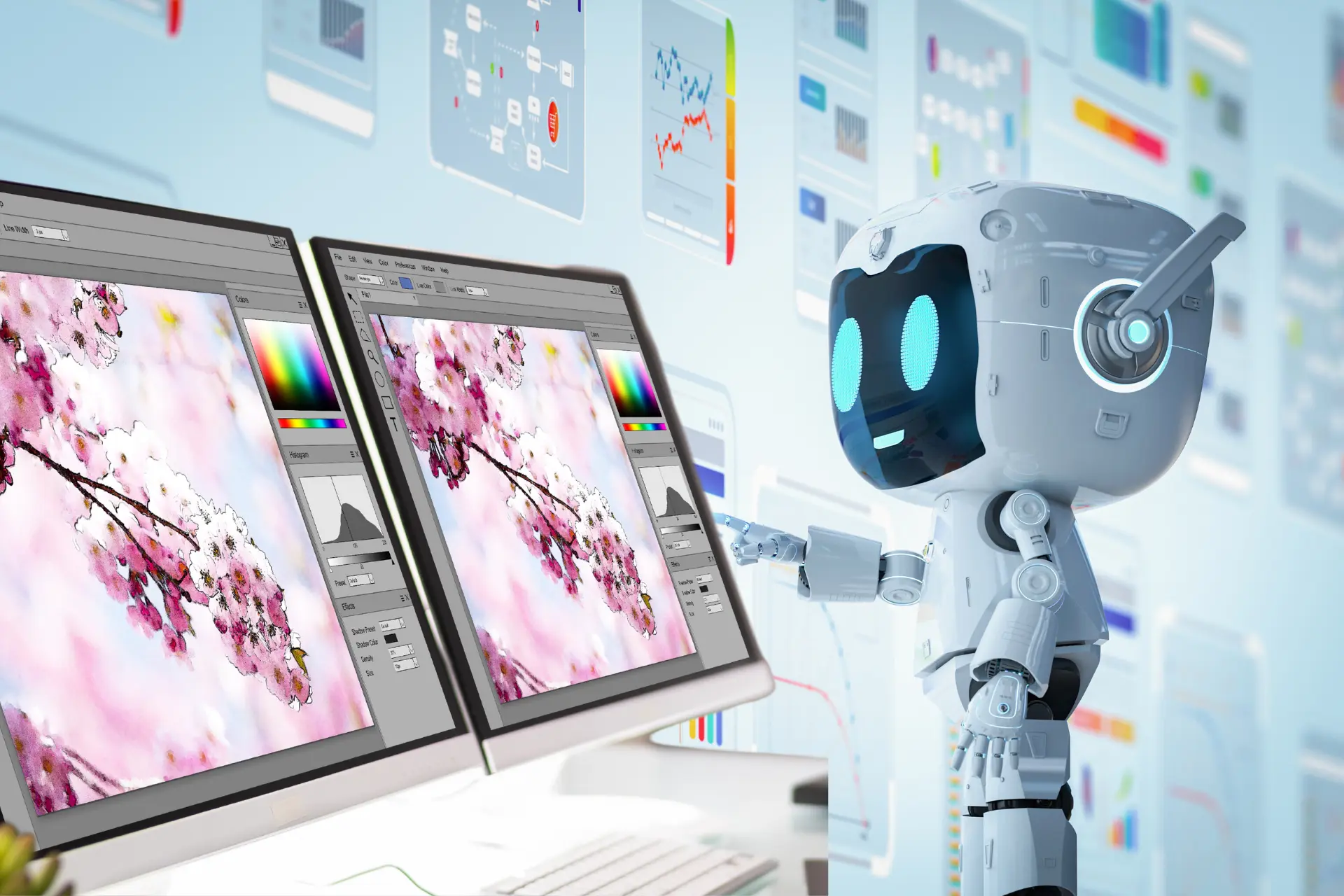
1. Product Design
Graphic design is being utilized to create items and packaging, particularly where distinctiveness is essential. For example, in 2017, Nutella used AI-based algorithms to manufacture one-of-a-kind “Nutella Unice” jars. At the stroke of a button, the algorithm combined patterns and colors to generate millions of unique jar designs. This promotion sold almost seven million jars in just 30 days.
2. Logo Design Makers
3. Speech-to-Text
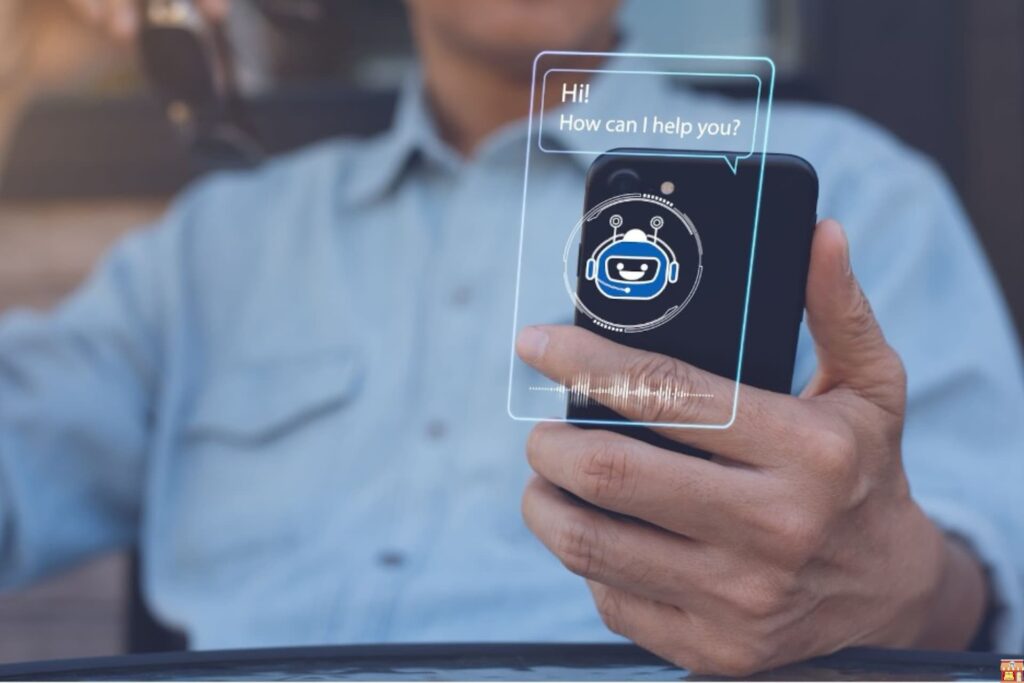
Getting Started with AI in Graphic Design
Getting started with AI in graphic design may appear difficult, but it is easier than you think. The first step is to become familiar with the various AI tools and platforms accessible. Many of these applications provide free trials or demos, allowing you to experiment and choose which works best for you. Understanding the fundamentals of machine learning and how they apply to graphic design is equally important.
Online courses and tutorials are excellent resources for learning about artificial intelligence and its applications in graphic design. Do not be scared to explore and try new things; AI is all about pushing the limits of what is possible. Begin with modest projects and gradually add more complicated AI technologies to your workflow.
How to Use AI Within Website Design
AI is an effective tool for design that uses predictive analytics to show where a user’s attention will be drawn on a page and where distraction may take over. Dragonfly AI’s predictive visual analytics heatmapping solution provides you with a clear visual depiction of user attention, allowing you to do user experience analysis to improve your design.

Get Your Business Online with SourceFind
The Future of AI in Graphic Design



